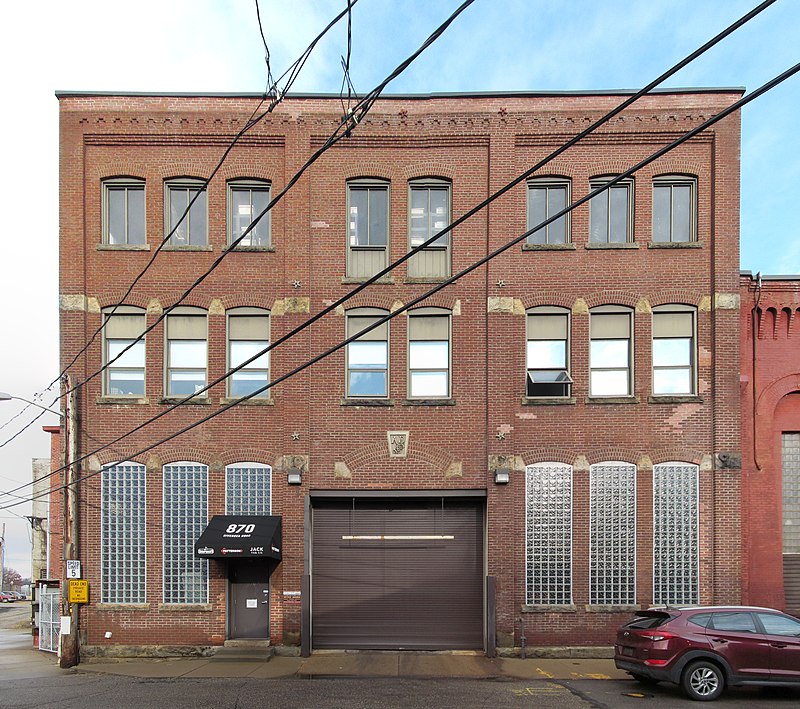
Commercial electric light was only a few years old when this power station was built in 1889. It was built in a restrained Victorian classical style that seems meant to make electric power look tame and respectable. But just a few years later, a new building was added next door that conveys quite a different architectural message.

The Irwin Avenue Substation was built in 1895, but it has the look of something built shortly after the Norman Conquest. The architectural message here seems to be that electricity is such a mighty force that only a medieval fortress can keep it under control. This building still belongs to Duquesne Light, and it is still called the Irwin Avenue Substation, even though Irwin Avenue has been called Brighton Road for more than ninety years.
Comments












